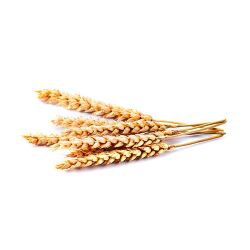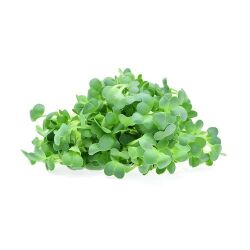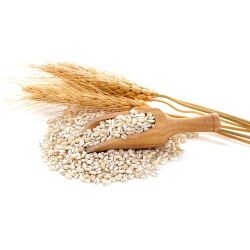System hesabgaran jaban
Some interesting facts about corn and wheat
Can you imagine a world without bread, muffins, biscuits, cakes, dumplings, pasta and crunchy snacks? Not for us! The preparation of all these foods, plus other items such as edible oil, syrup, some lotions, and even providing an important part of grain and fodder that feeds livestock and poultry, requires the planting and harvesting of two very important agricultural products: corn and wheat!
It is interesting to know that at the global level, the highest volume of exchanges (imports and exports) among agricultural products is first for wheat and second for corn. In our system, a large area of monitored land is dedicated to these two important and strategic products.It should be noted that the remote sensing technique has a very successful performance in monitoring and managing wheat and corn cultivation and provides many details with high accuracy regarding the growth stage, density, greenness status and the stresses that the plant may face in It is at the discretion of the farmer or agricultural expert.
Since all of us are directly and indirectly consumers of corn and wheat products and the products of these two crops, we decided to share some interesting facts about them with you.
Corn and wheat, food for billions of people
Wheat provides part of the nutrition of 2.5 billion people in 89 countries of the world.About 1 billion of this population have a daily income of less than 2 dollars, and wheat is actually their dominant strength! Maize is the main source of income for 900 million people from the world's low-income group, and it is the most important food product obtained from agriculture in sub-Saharan Africa.
According to the estimated statistical data of 2020, corn grows on 205 million hectares of agricultural land in the world. Wheat also covers more than 220 million hectares of cultivated land, which means an area more than the combined countries of France, Germany, Spain, Italy and Great Britain!
Important sources of calories
Of the 300,000 known edible plant species, only 3 provide more than 60% of our calories and protein intake: corn, wheat, and rice.
Of course, keep in mind that out of these 300,000 known plant species, humans (all over the world) have settled for 200.About 75% of the world's food comes from 12 plants and 5 animal species. But the interesting fact is that more than half of our plant protein and calories come from the three plant species mentioned, that is, corn, wheat, and rice.
A fundamental role in the formulation of the global food system
For decades, agriculture has gone from being a small local business to a large-scale industry. In the statistics of 2010, agriculture was introduced as the cause of about a quarter of the global production and emission of greenhouse gases.
Considering the extent of corn and wheat cultivation in the whole world, the use of high-yielding and resistant varieties of these two plants, along with more efficient methods of using resources, can play a key role in creating a sustainable food production system and to change the global food system towards Optimizing is considered as a solution.


